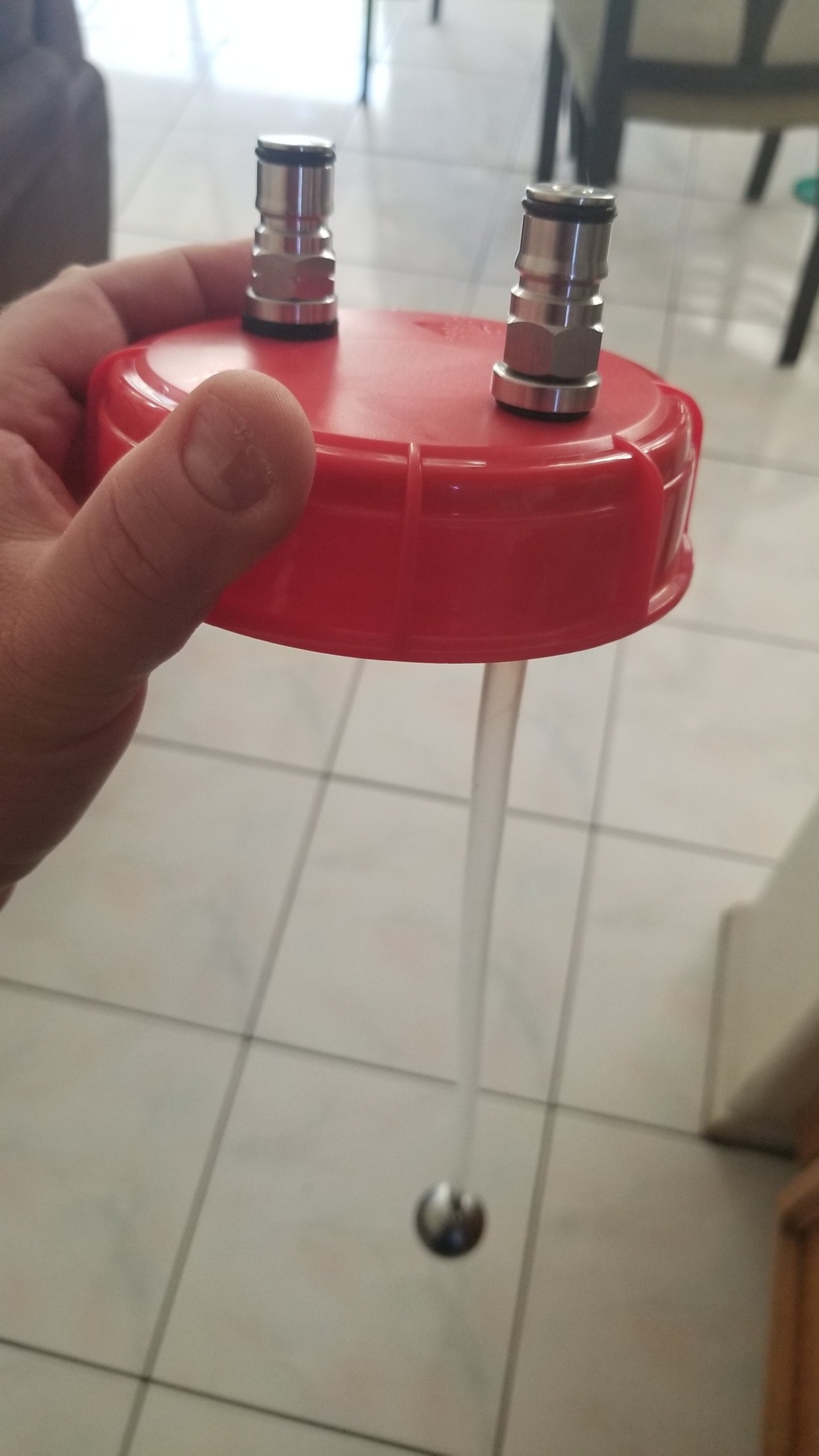For those of you who spund, I’m looking for some advice. I’m currently close to 48 hours since I pitched 1.5l of 1318, and 24 hours since I added the dry hops. I know the only way to know for sure is to take gravity readings but I do not want to take any. I know the 1318 finishes up fast and I don’t want to miss the opportunity to transfer to the keg while their is still enough activity to carbonate itself and eat up any expose oxygen , but don’t want to transfer too soon. The Krausen is currently pretty high, but the activity seems to have slowed down, and the temperature has pretty much been stabilized for a few hours now












































![Craft A Brew - Safale BE-256 Yeast - Fermentis - Belgian Ale Dry Yeast - For Belgian & Strong Ales - Ingredients for Home Brewing - Beer Making Supplies - [3 Pack]](https://m.media-amazon.com/images/I/51bcKEwQmWL._SL500_.jpg)




















